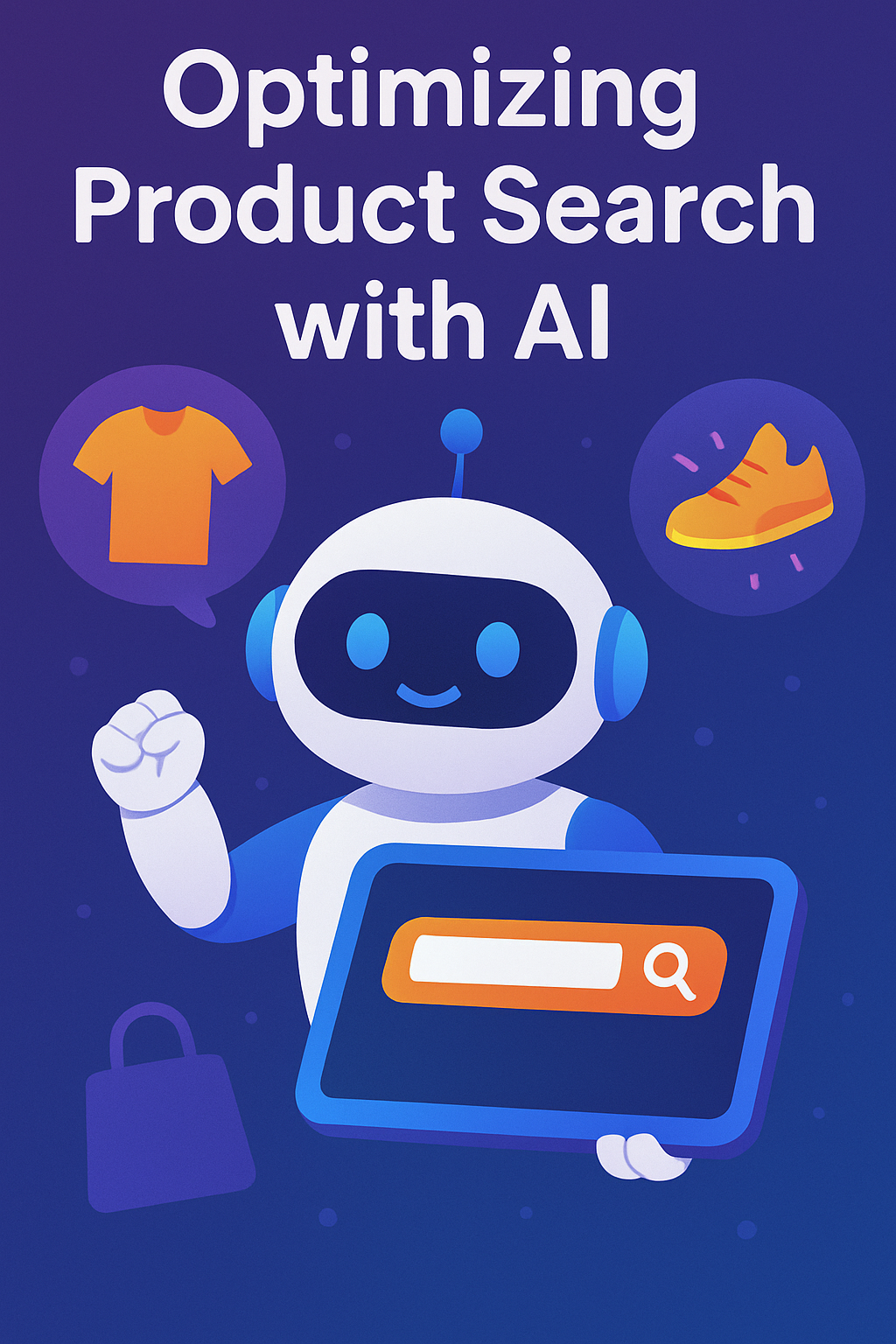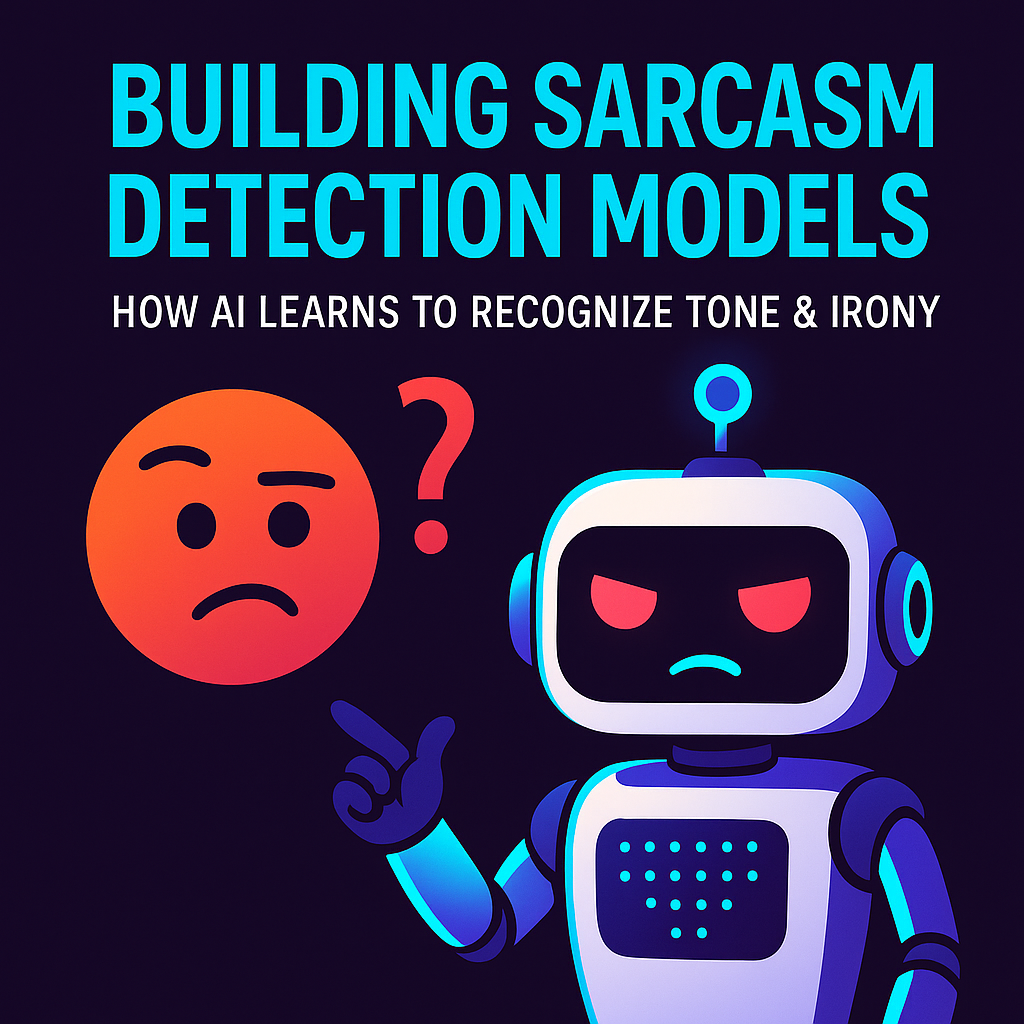Introduction
Artificial Intelligence (AI) is transforming the healthcare sector, especially in medical diagnostics. AI-powered systems can analyze complex medical data with precision, aiding healthcare professionals in early detection, diagnosis, and treatment planning.
How AI Revolutionizes Medical Diagnostics
AI leverages algorithms and deep learning techniques to detect patterns in medical data, including images, patient history, and genetic information. By doing so, it enhances diagnostic accuracy and supports clinical decision-making processes.
Applications of AI in Medical Diagnostics
- Medical Imaging: AI helps in analyzing X-rays, MRIs, and CT scans for early disease detection such as cancers and fractures.
- Predictive Analytics: AI models predict patient outcomes by analyzing historical medical data and trends.
- Genetic Diagnostics: AI identifies genetic variations linked to diseases, aiding in personalized medicine.
- Clinical Decision Support: AI assists doctors in making faster, data-driven decisions by analyzing a patient's medical history and current condition.
Mathematical Explanation: AI Model for Image Classification
One of the most powerful applications of AI in medical diagnostics is image classification, where deep learning models are used to classify medical images. Here's a simplified formula for a convolutional neural network (CNN) used in image classification:
\[ Y = f(X) = \sum_{i=1}^{n} w_i \cdot X_i + b \]
Where:
- \(Y\): Output classification (e.g., disease/no disease).
- \(X_i\): Input image pixels or features from the image.
- \(w_i\): Weight applied to each feature.
- \(b\): Bias term to adjust output.
- \(f(X)\): Activation function used to process the features.
This formula is part of how deep learning algorithms learn from image data, making decisions based on the visual features of medical scans.
Challenges in AI-Based Diagnostics
- Data Privacy: Handling sensitive medical data requires strict adherence to privacy laws like HIPAA.
- Data Bias: AI models may produce inaccurate results if the training data is biased or incomplete.
- Interpretability: Understanding how AI models make decisions remains a challenge in high-stakes medical applications.
- Regulatory Approval: Gaining regulatory approval for AI-based diagnostic tools can be time-consuming and complex.
Real-World Examples of AI in Diagnostics
- PathAI: A platform that uses AI for pathology image analysis, aiding in faster and more accurate cancer diagnosis.
- Zebra Medical Vision: AI that analyzes medical imaging to detect a wide range of conditions, including cardiovascular diseases and cancers.
- Google DeepMind Health: Uses AI to improve early detection and diagnosis of conditions like diabetic retinopathy and age-related macular degeneration.
Further Reading
Conclusion
AI is poised to revolutionize medical diagnostics by providing healthcare professionals with powerful tools to improve accuracy, reduce human error, and enhance patient care. As AI continues to evolve, its role in healthcare will become increasingly critical in ensuring timely and accurate diagnoses.








